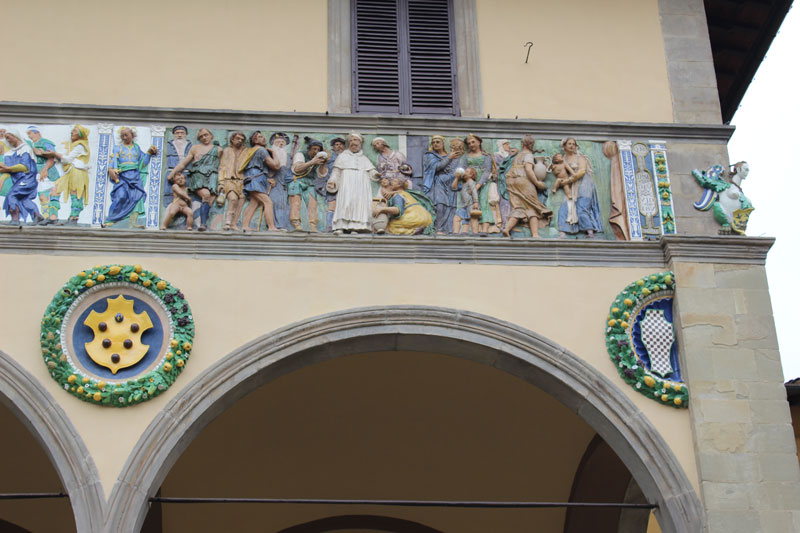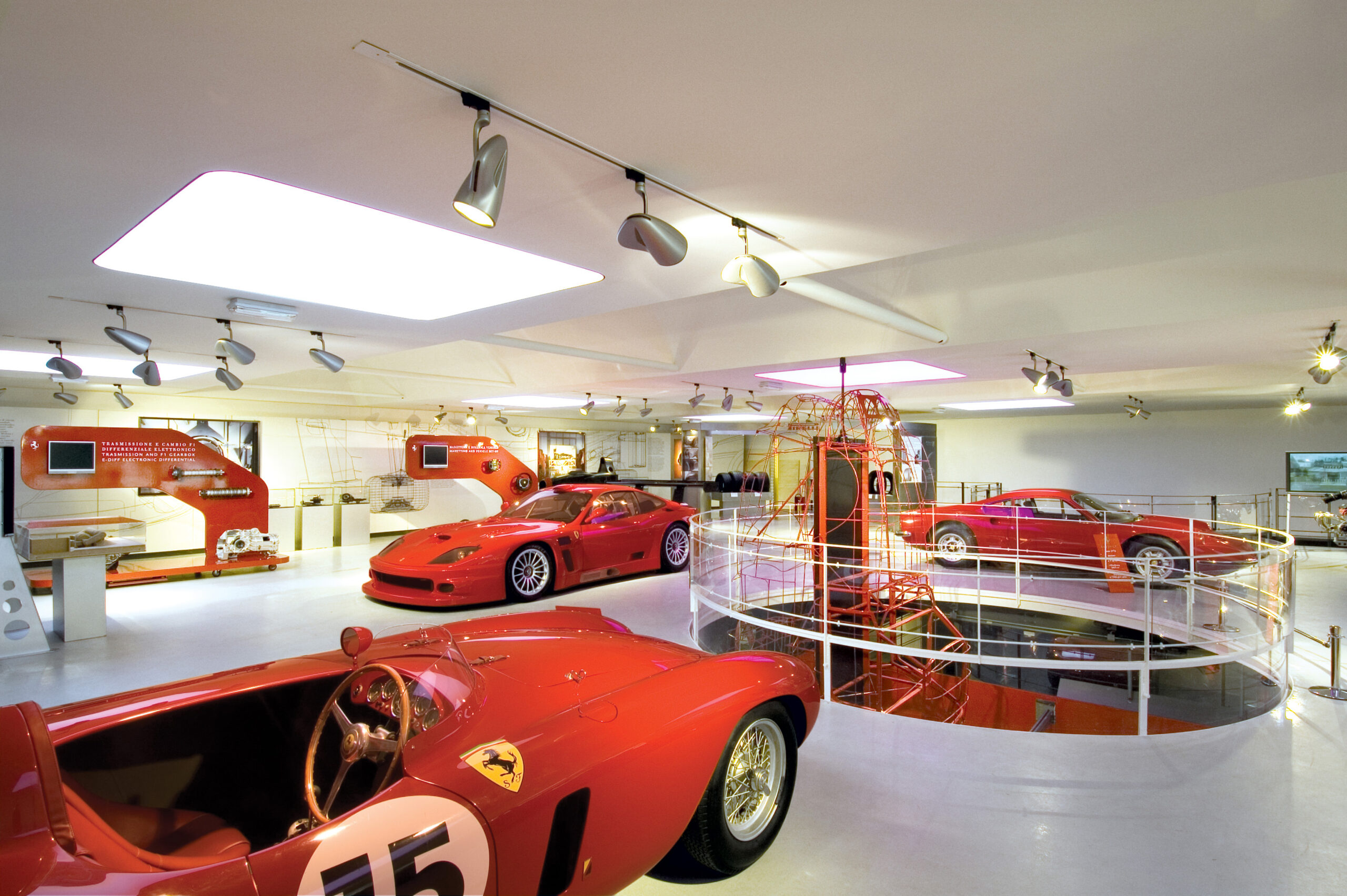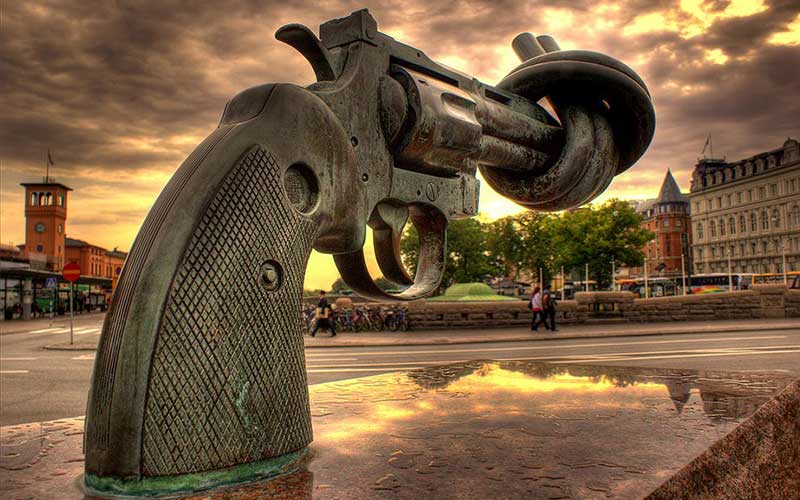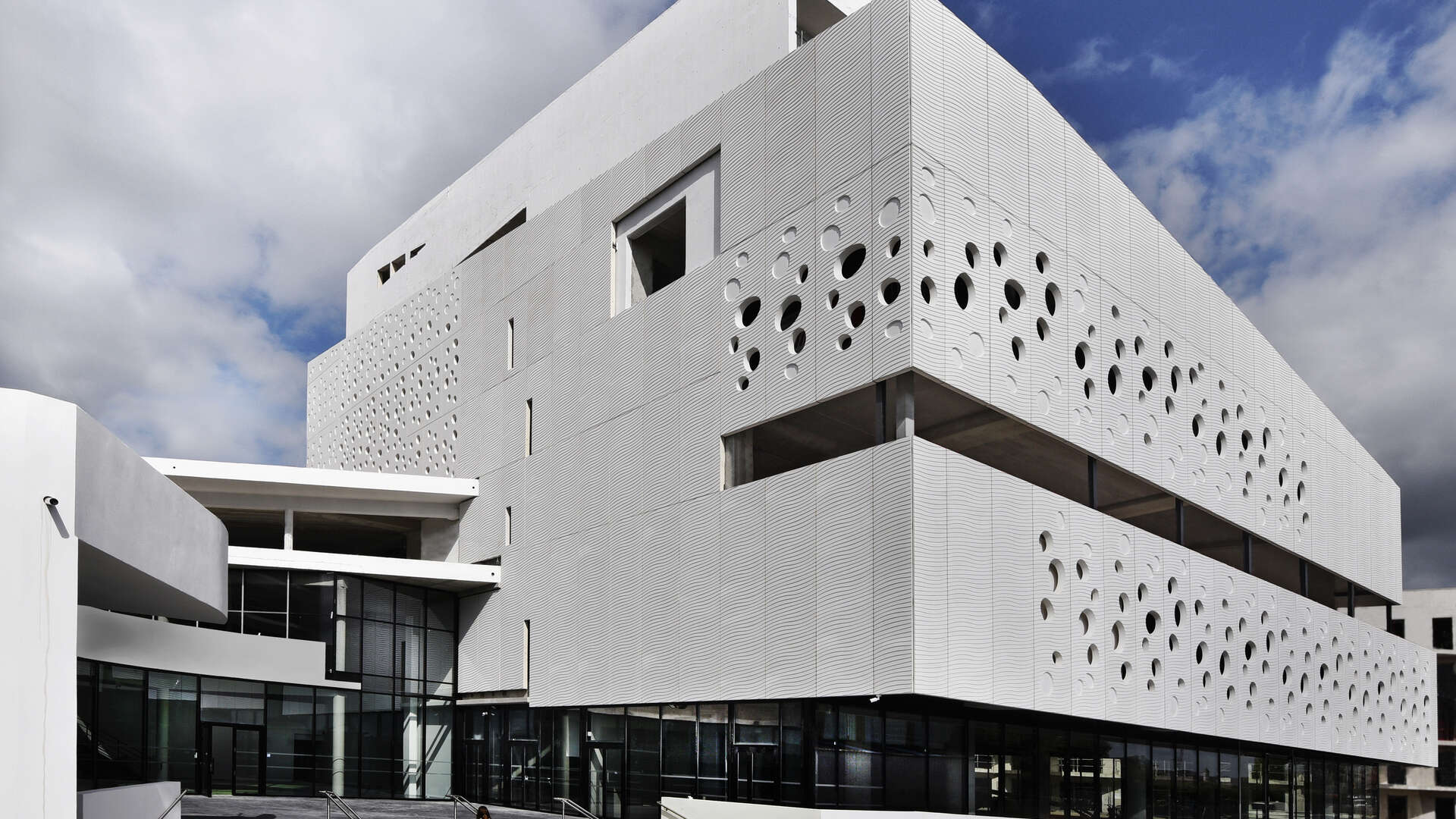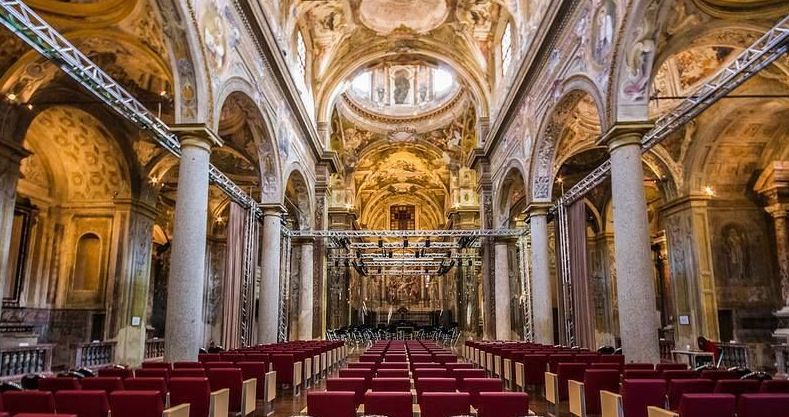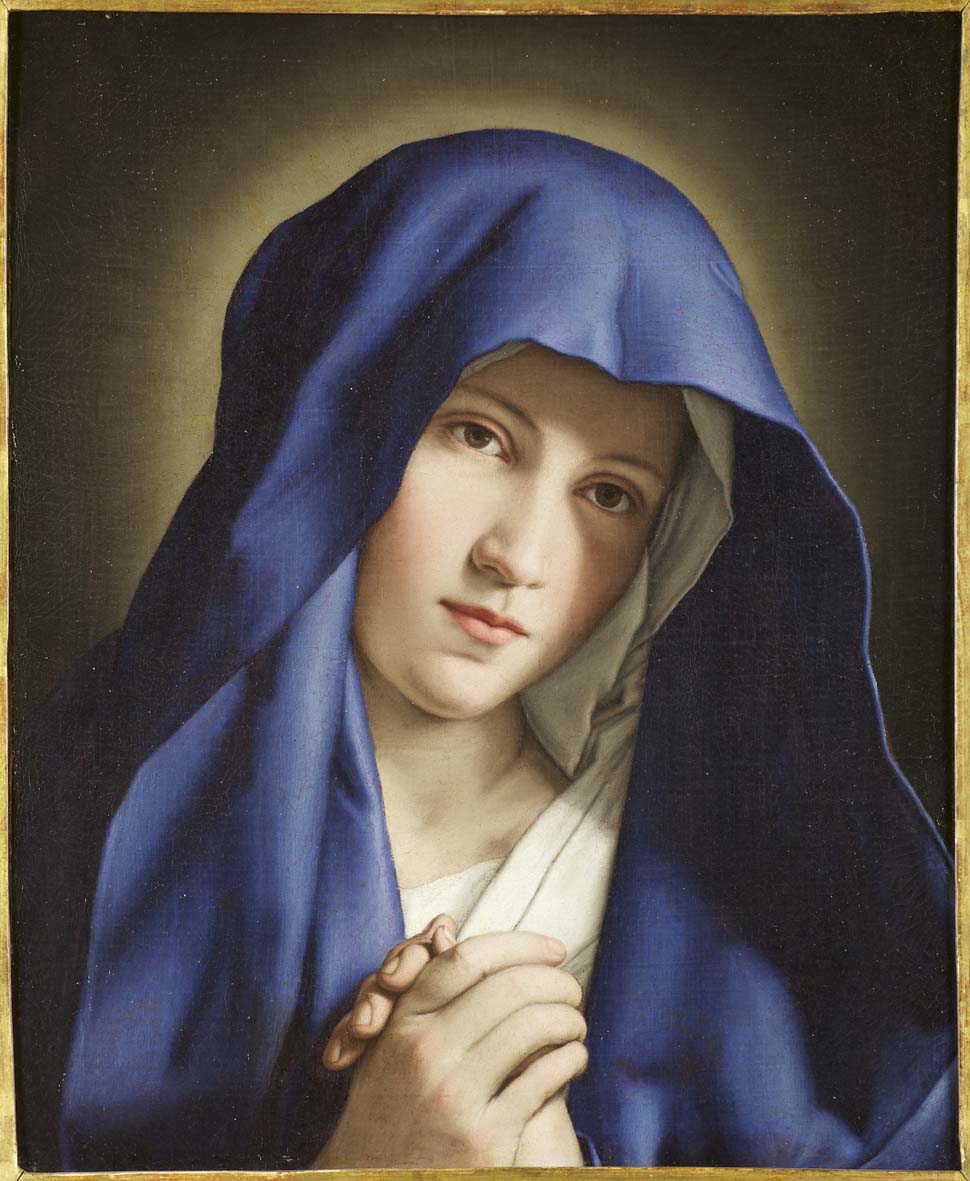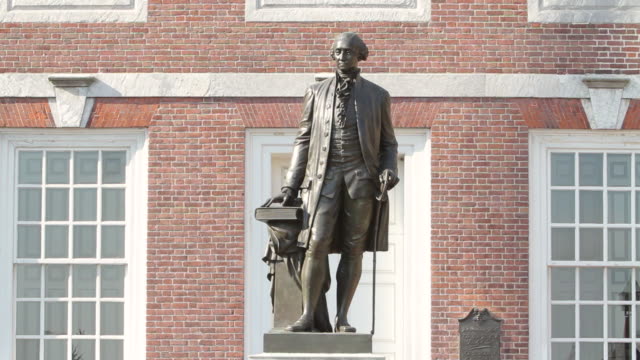The story of the Della Robbia frieze is certainly intimately linked to that of the building and therefore of the architecture. The temporal coincidence between the creation of the frieze by Della Robbia’s workshop and the works of the early sixteenth century is certain. The external loggia was built around 1514 by the Florentine Spedalingo Leonardo Buonafè or Buonafede. Around 1522 the frieze was ordered, which runs horizontally as a parapet and represents the seven works of mercy alternating with the cardinal and theological virtues. It is well known how the attributive story has remained open for centuries. What is certain is that Giovanni della Robbia, between 1525 and 1527, received various fees for the Ospedale del Ceppo. We can reasonably attribute the paternity of the Ceppo frieze to Giovanni Della Robbia and Santi Buglioni, with the exception of the last piece completed by the Pistoiese painter Filippo Paladini.
The Seven Works of Mercy of the Robbiano Frieze
In the first panel, located on the left side, the first Work of Mercy is represented, that is, Dressing the naked. In the center Leonardo Buonafede, dressed in black and white, is on one side offering a cloth to cover the naked and on the other giving money to young girls without dowries and to poor widows. These tasks, like those illustrated in all the subsequent panels, were the responsibility of the Hospital. This is followed by an apotropaic harpy in the corner, which is found, likewise, in the opposite corner.
The second panel illustrates "Ospitare i pellegrini" (Hosting pilgrims): the Spedalingo washes the feet of a pilgrim, in the guise of St. John the Baptist, patron saint of Florence, while other pilgrims, including St. Jacopo, armed with a stick, are arriving from the left. Next is the figure of Prudence, one of the Virtues, armed with a mirror.
The third scene represents the Cure of the Sick, one of the main tasks of the Hospital: the patient on the left is lying on a bed while a doctor is feeling his pulse; on the other side, instead, another patient is being treated by a surgeon. It is a representation that seems to allude to the Pistoiese Medical School, pride and glory of the city between the 1600’s and 1800’s, later merged into the Faculty of Medicine and Surgery of the University of Florence. The Virtue that follows is that of Faith.
In the fourth panel, that of Visiting Prisoners, we find Leonardo Buonafede in conversation with S. Leonardo, protector of prisoners who are visited behind bars and to whom food is brought by some orderlies of the Hospital. Charity follows.
The fifth panel is that of giving food to the hungry, another of the Hospital’s tasks: Leonardo Buonafede invites a poor man to table, while abundant bread is distributed among the poor. Justice with a sword follows.
If everything had gone well up to this point, in 1528 the decoration of the Frieze was interrupted by the sudden departure of Leonardo Buonafede from Pistoia following his election as Bishop of Vieste. When the client left, no one financed Santi Buglioni and his workshop, which left the Frieze incomplete.
Only sixty years later the new Spedalingo, Bartolomeo Montechiari, decided to continue and complete the work left incomplete and it was thus that he called a Pistoiese artist, Filippo Paladini, to create the panel of the "Dar da bere agli thirsty" (Give drink to the thirsty).
The poor artist, however, did not know the technique of glazed terracotta used by Santi Buglioni, so much so that he tried to imitate it, but with poor results. His is the only scene with less vivid and shiny colors, almost more tending to brown, even if the current restoration has fully rendered the work legible.
